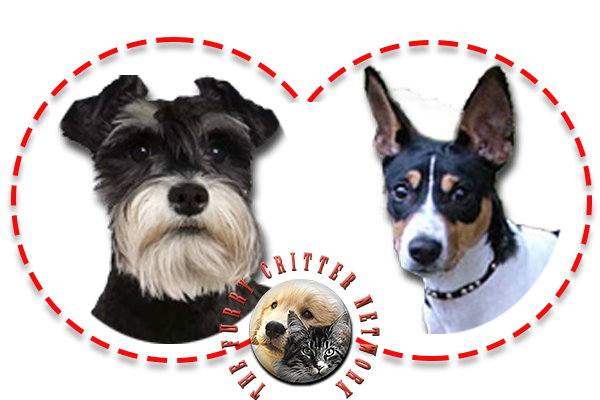Rat Terrier Breed Description - Cross #2
The Rat Terrier comes in a variety of coat colors and sizes The classic coloring is black tanpoint with piebald spotting (known as black tricolor), but chocolate, tan (varying in shade from pale gold to dark mahogany), blue, isabella (pearl), lemon and apricot are all fairly common. They may be tricolor or bicolor, always with some amount of white present. Sable may overlay any of these colors. Creeping tan (often "Calico"), is also acceptable. Ticking is usually visible in the white parts of the coat, or in the underlying skin. Brindle, currently disallowed by the main breed standards, is considered by some to be a traditional Rat Terrier pattern, and there is a growing movement to have this pattern accepted into the breed. However, merle is widely considered to be the result of recent outcrosses and, because of associated health problems, is rejected by most Rat Terrier breeders.
Ear carriage is erect, but can also be tipped, or button, all of which contribute to an intelligent, alert expression. The tail has been traditionally docked to about 2–3 inches, but the bobtail gene is very common in Rat Terriers and can result in a variety of tail lengths. Today, some breeders prefer a natural, undocked tail, which is accepted in the breed standards.
The Rat Terrier ranges from about 10 to 25 pounds and stands 13 to 18 inches at the shoulder. The miniature size (13 inches and under as defined by the UKC) is becoming increasingly popular as a house pet and companion dog. A larger strain, often in excess of 25 pounds, has been developed. These Deckers or Rat Terriers were named after breeder Milton Decker who created a larger hunting companion and are recognized by the National Rat Terrier Association (NRTA). The NRTA recognizes a Toy Variety weighing 10 pounds or less. Both the NRTA and the UKCI continue to classify the Teddy Roosevelt Terrier as the Type B Rat Terrier. In the 1970s, a hairless mutation appeared in a single Rat Terrier and was propagated into a strain of the Rat Terrier. After a period of development this line resulted in the American Hairless Terrier, recognized as a separate breed by several registries.






